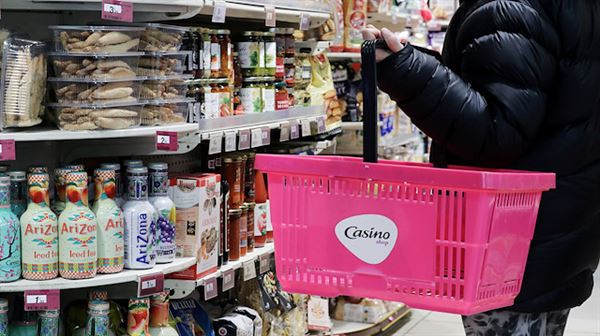The size of the British state is heading back to levels not seen since the 1970s, and taxes will have to rise, a think-tank said on Monday, as the two
The size of the British state is heading back to levels not seen since the 1970s, and taxes will have to rise, a think-tank said on Monday, as the two main political parties promise higher public spending ahead of a Dec. 12 election.
“The shared commitments to ending austerity, reversing elements of it, and big infrastructure plans mean Britain could be heading back to a 1970s-sized state,” Matt Whittaker, deputy chief executive at the Resolution Foundation, said in a report.
Finance minister Sajid Javid announced the biggest funding increases for public services in 15 years in September, and has said that he wants to spend more on infrastructure too.
Prime Minister Boris Johnson has also said he wants lower taxes.
The opposition Labour Party has long said it plans to raise spending to undo a decade of tight spending controls by the Conservatives.
“The fact is that whatever promises are made over the course of this election campaign, taxes are going to have to rise over the coming decade,” Whittaker said.
Under the Conservatives, Britain has cut its budget deficit from 10% of gross domestic product in 2010 to about 2% now.
But the deficit has started to rise again after former prime minister Theresa May relaxed her government’s grip on public pay and promised big increases in health spending.
Under the Conservatives, just keeping the current share of spending on public services, plus higher infrastructure spending as planned by Javid, could take government spending to 41.3% of GDP by 2023 from about 40% now, the Resolution Foundation said.
That would be well above the average of 37.4% in the two decades running up to the financial crisis of 2008-09, and only marginally below the average of 42% between 1966 and 1984.
Further health spending on Britain’s ageing population would take spending above the 1970s average, the report said.
If Labour repeats its 2017 election promise of 48.6 billion pounds ($62.85 billion) of extra spending on services, coupled with a new 10-year 250 billion-pound infrastructure plan, public spending would hit 43.3% of GDP, significantly above the 1970s average, it said.
Labour’s finance spokesman John McDonnell said on Sunday that the party will propose increasing income tax for the top 5% of earners to help fund increased public spending in its offer for the forthcoming election.
